
Tschudi's tapaculo is a species of bird in the family Rhinocryptidae. It is endemic to Peru.
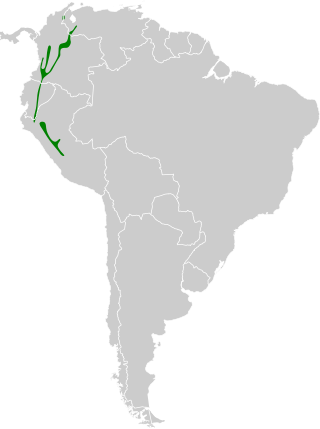
The white-crowned tapaculo is a species of bird in the family Rhinocryptidae. It is found in Bolivia, Colombia, Ecuador, Peru, and Venezuela.

The Bolivian tapaculo is a species of bird in the family Rhinocryptidae. It is found in Bolivia and Peru.
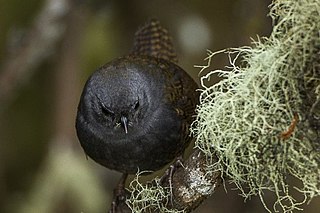
The Paramo tapaculo is a species of bird in the family Rhinocryptidae. It is found in the Andes of Ecuador and southern Colombia.
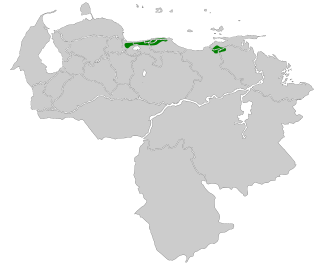
The Caracas tapaculo is a species of bird in the family Rhinocryptidae. It is endemic to Venezuela.

The Chocó tapaculo is a species of bird in the family Rhinocryptidae. It is found in Colombia, Ecuador, and Panama.
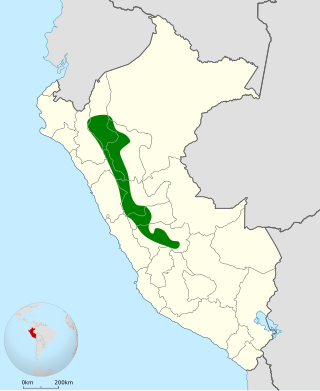
The rufous-vented tapaculo is a species of bird in the family Rhinocryptidae. It is endemic to Peru.

The pale-bellied tapaculo, also known as the matorral tapaculo or rufous-rumped tapaculo, is a species of bird in the family Rhinocryptidae. It is found in Colombia and Venezuela.

The blackish tapaculo is a species of bird in the family Rhinocryptidae. It is found in Colombia, Ecuador, Peru, and Venezuela.

The large-footed tapaculo is a species of bird in the family Rhinocryptidae. It is endemic to Peru.

The long-tailed tapaculo is a species of bird in the family Rhinocryptidae. It is found in the eastern Andes of Colombia, Ecuador and far northern Peru.

The chusquea tapaculo is a species of bird in the family Rhinocryptidae. It is found in southern Ecuador and far northern Peru.
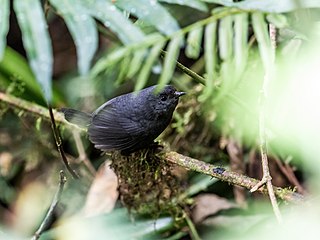
The trilling tapaculo is a species of bird in the family Rhinocryptidae. It is found in Bolivia and Peru.

The Bahia tapaculo is a species of bird in the family Rhinocryptidae. It is endemic to lowland Atlantic forest in Bahia, Brazil.
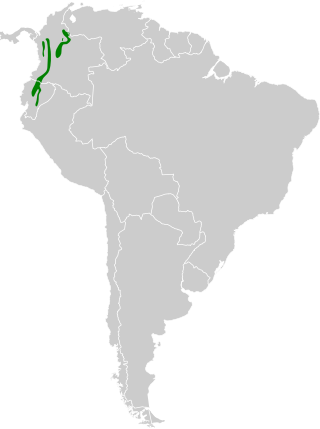
Spillmann's tapaculo is a species of bird in the family Formicariidae. It inhabits the Andes of Colombia and Ecuador.

Zimmer's tapaculo is a species of passerine bird in the family Rhinocryptidae. It is found in Bolivia and Argentina.

The Diamantina tapaculo is a species of bird in the family Rhinocryptidae. It is endemic to northeastern Brazil.

The Utcubamba tapaculo is a species of bird in the family Rhinocryptidae that the South American Classification Committee of the American Ornithological Society split from blackish tapaculo in July 2020. It is endemic to Peru.

The Ampay tapaculo is a species of bird in the family Rhinocryptidae. It is endemic to Peru.

The Loja tapaculo is a species of bird in the family Rhinocryptidae that the South American Classification Committee of the American Ornithological Society (AOS) accepted as a new species in July 2020. It had been classified as a subspecies of paramo tapaculo. It is found in Ecuador and Peru.






















